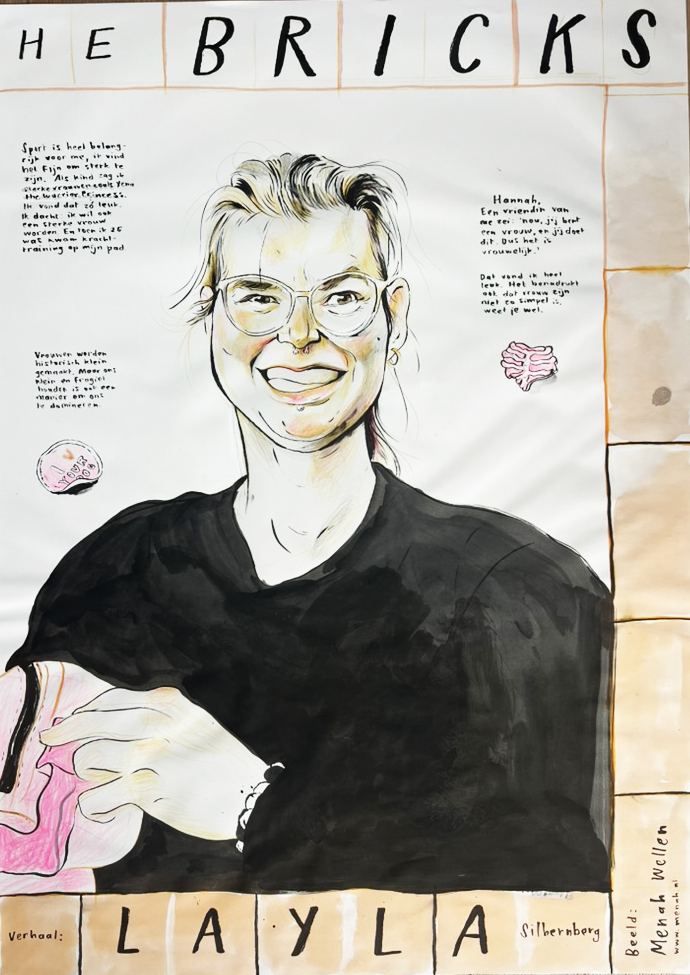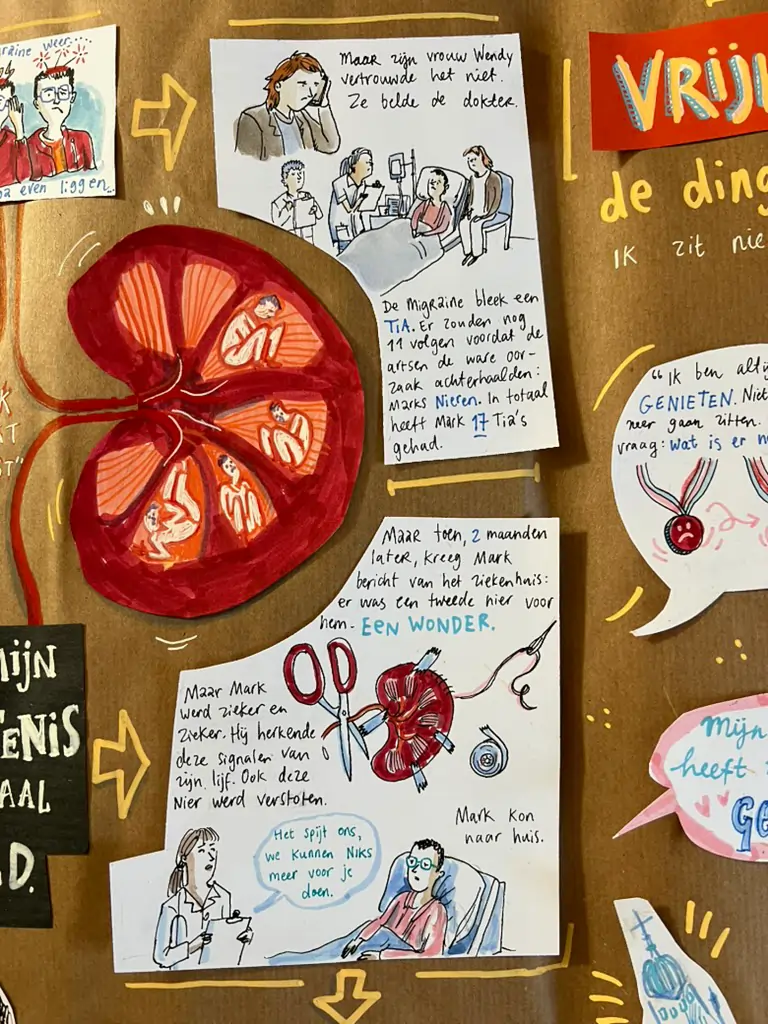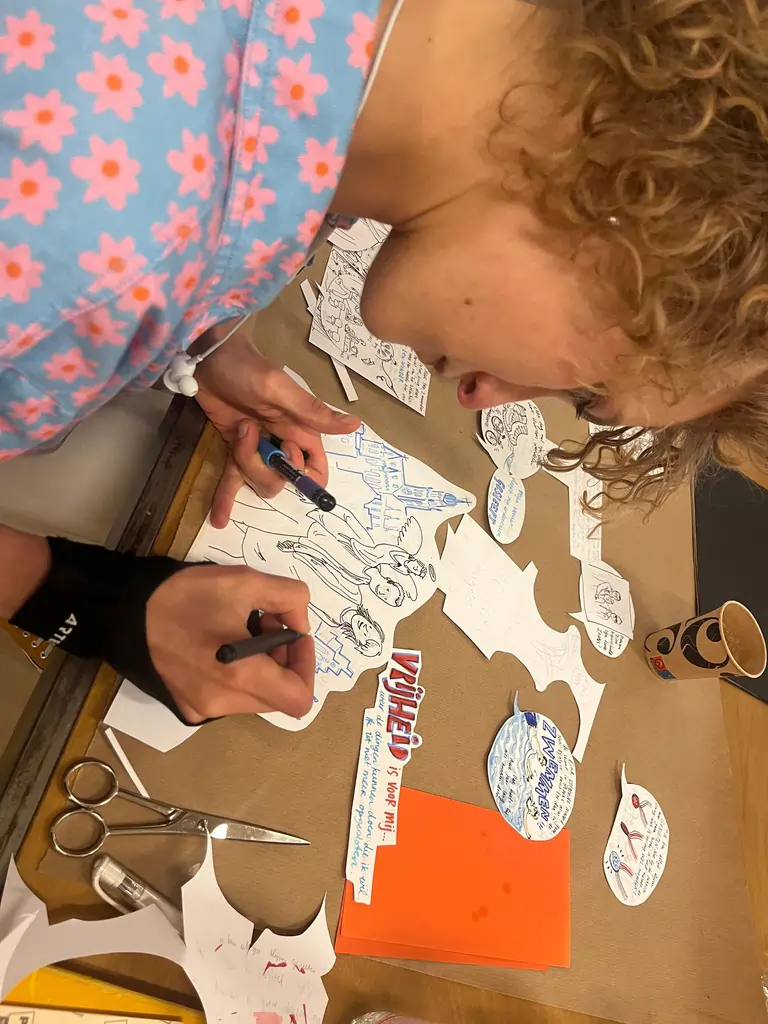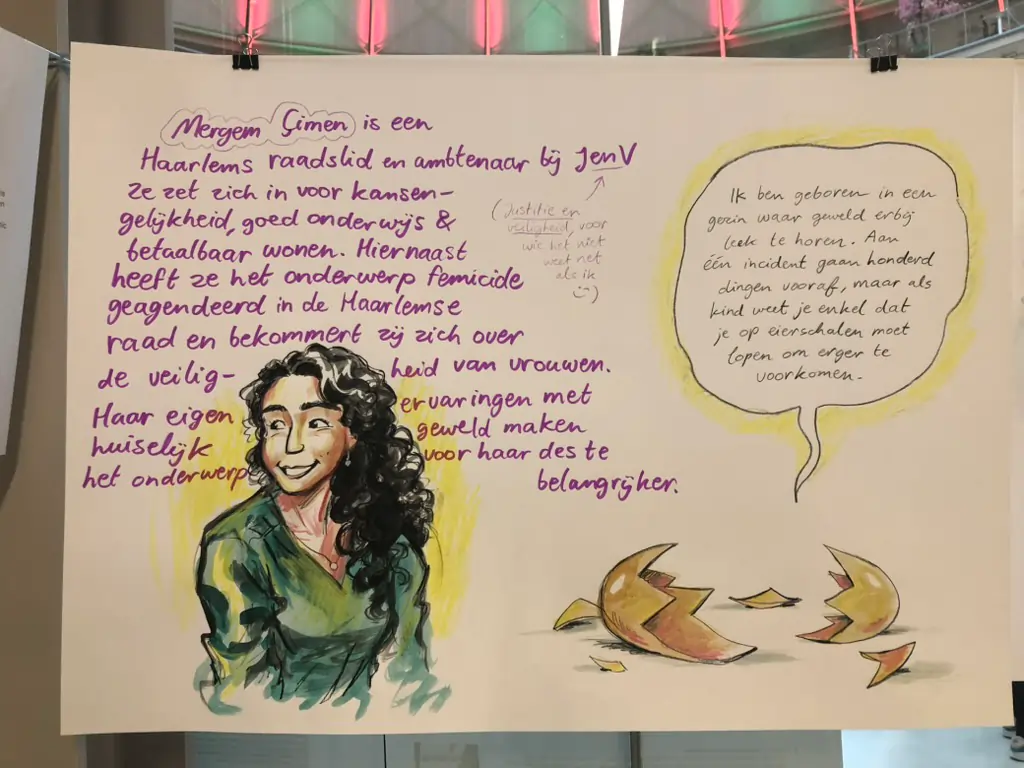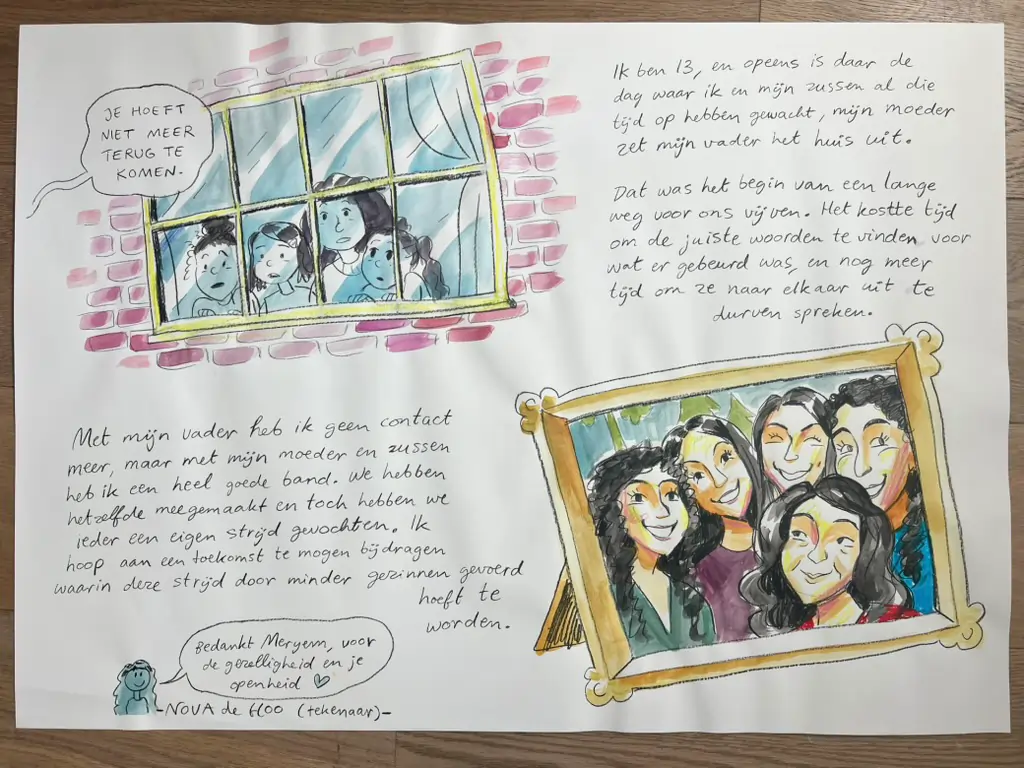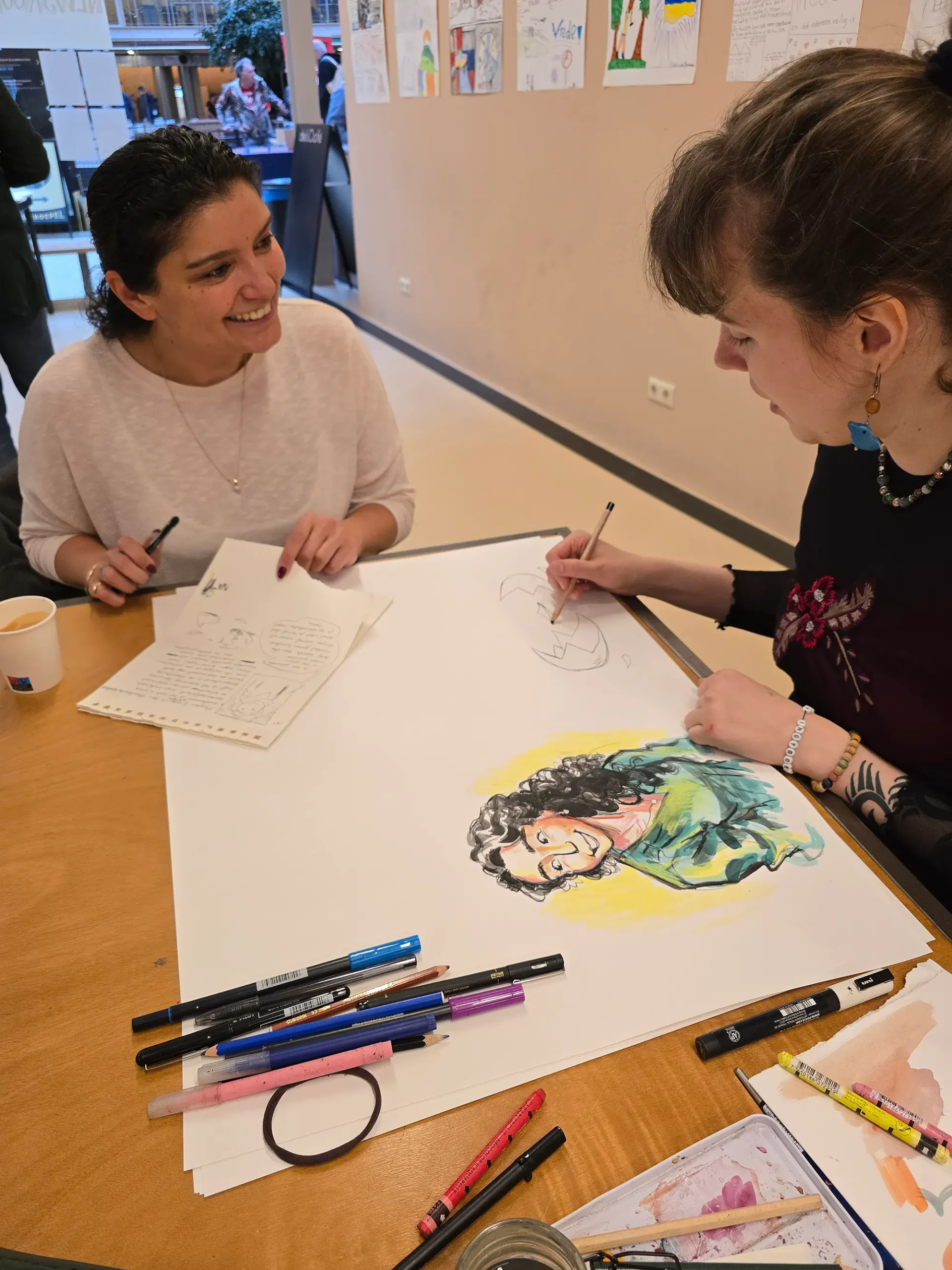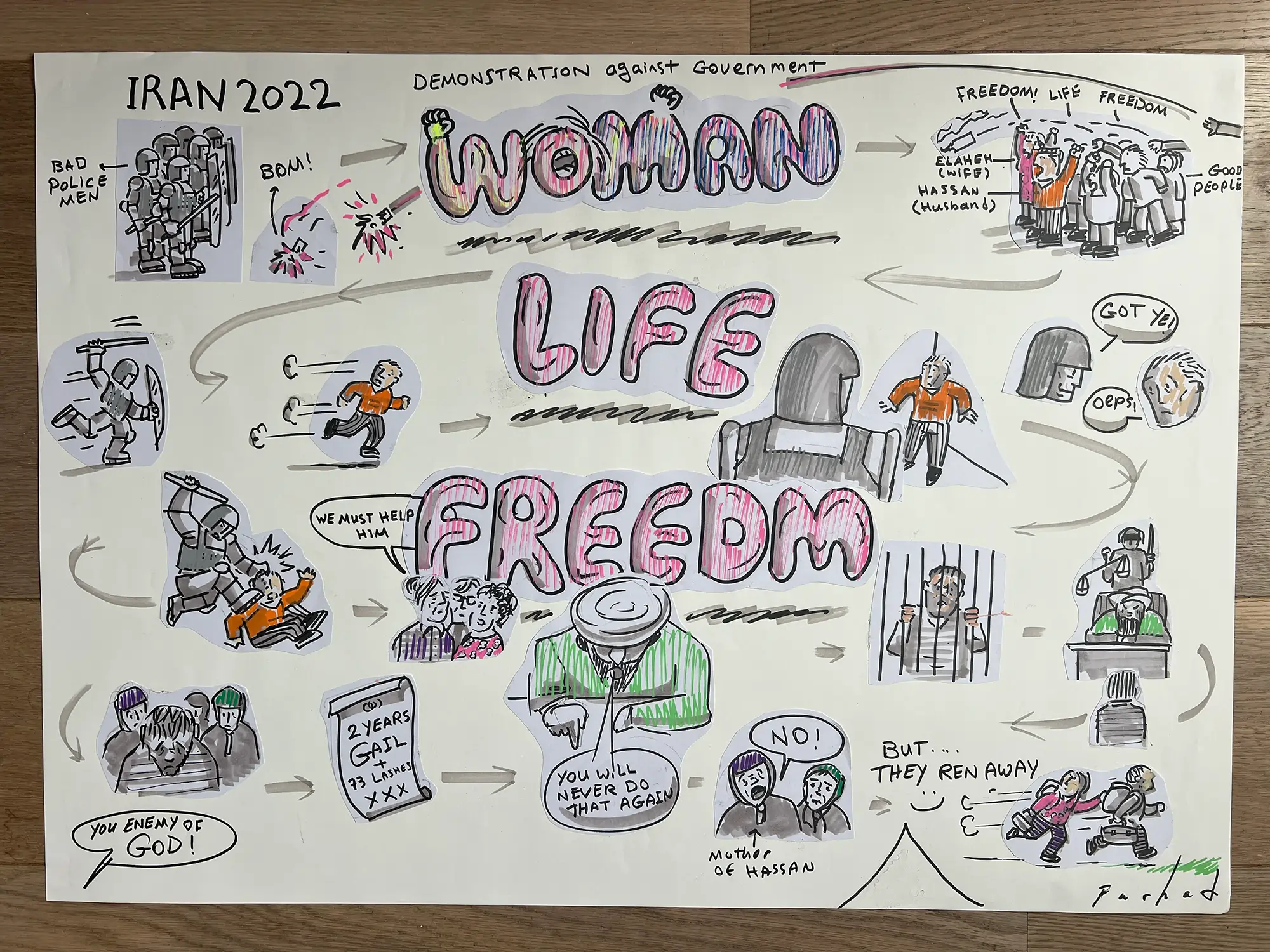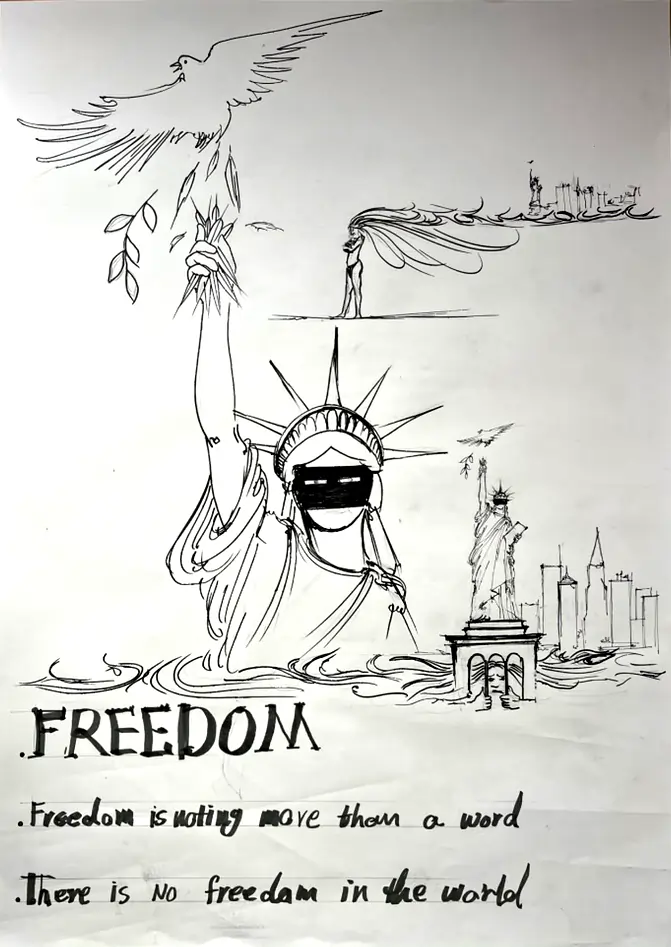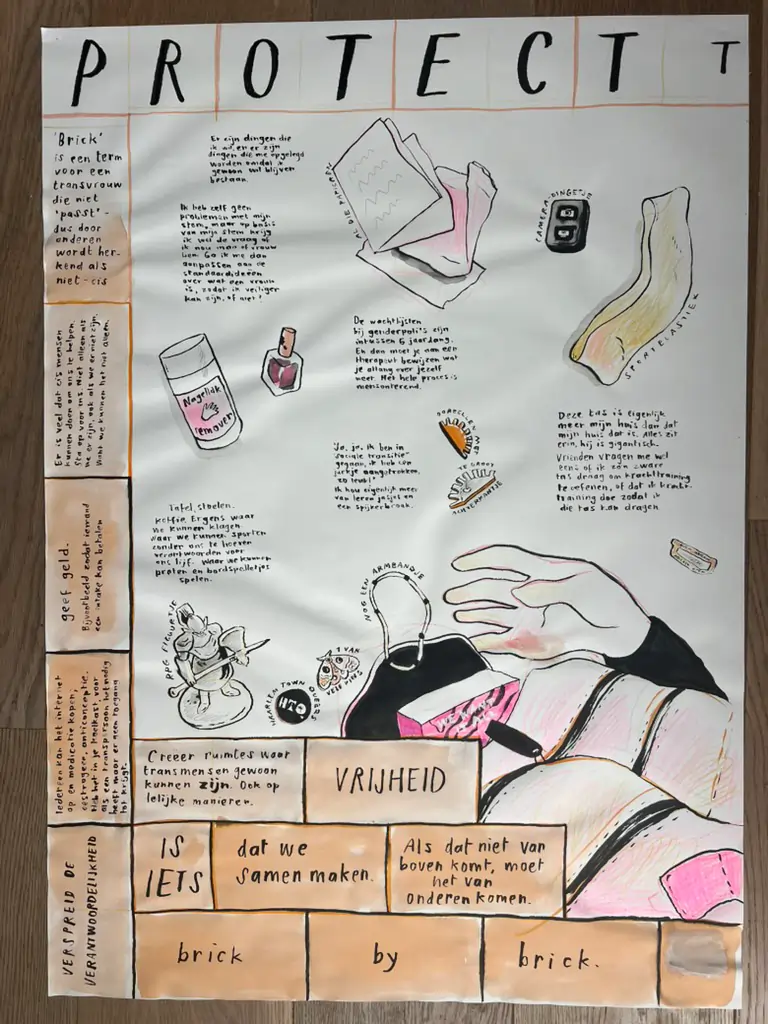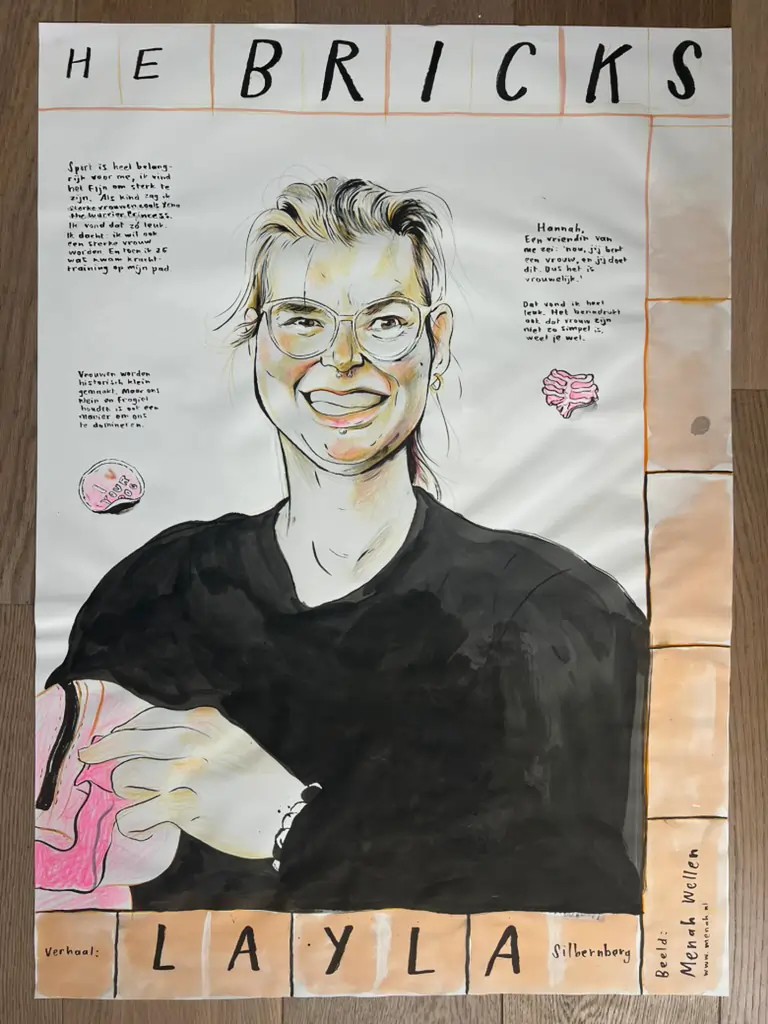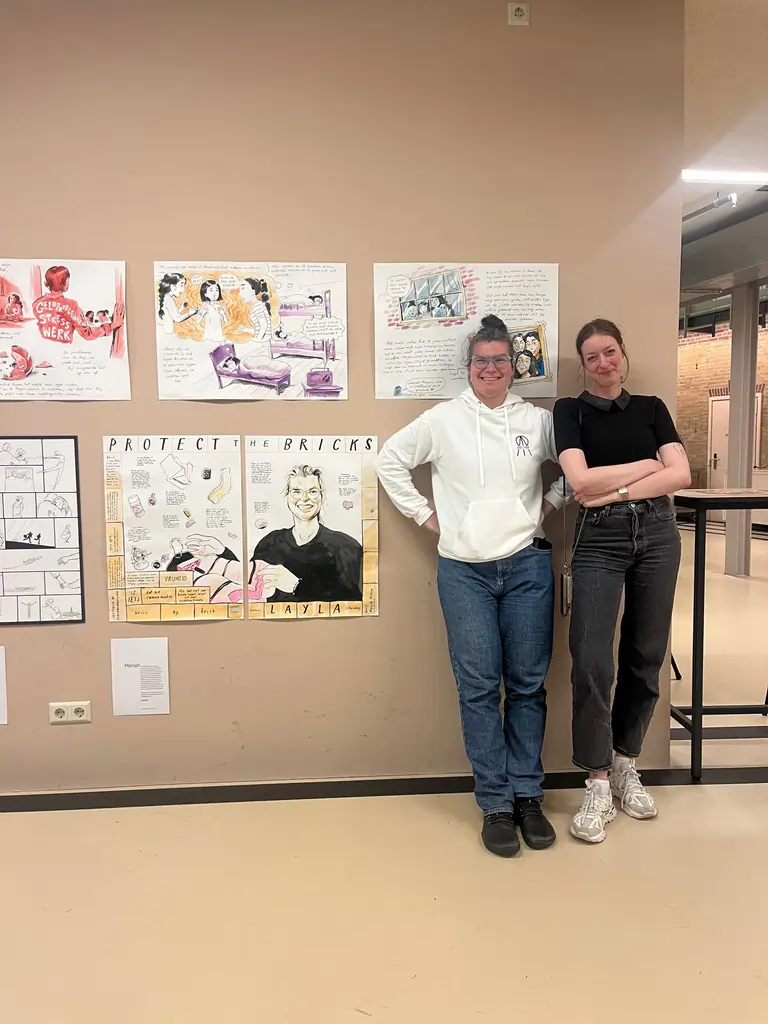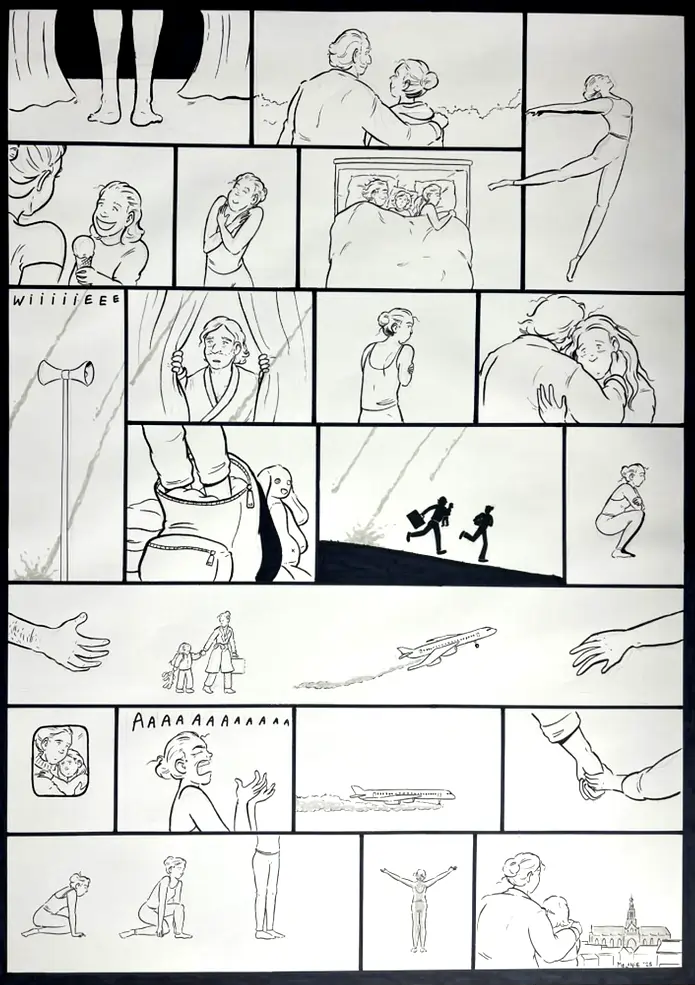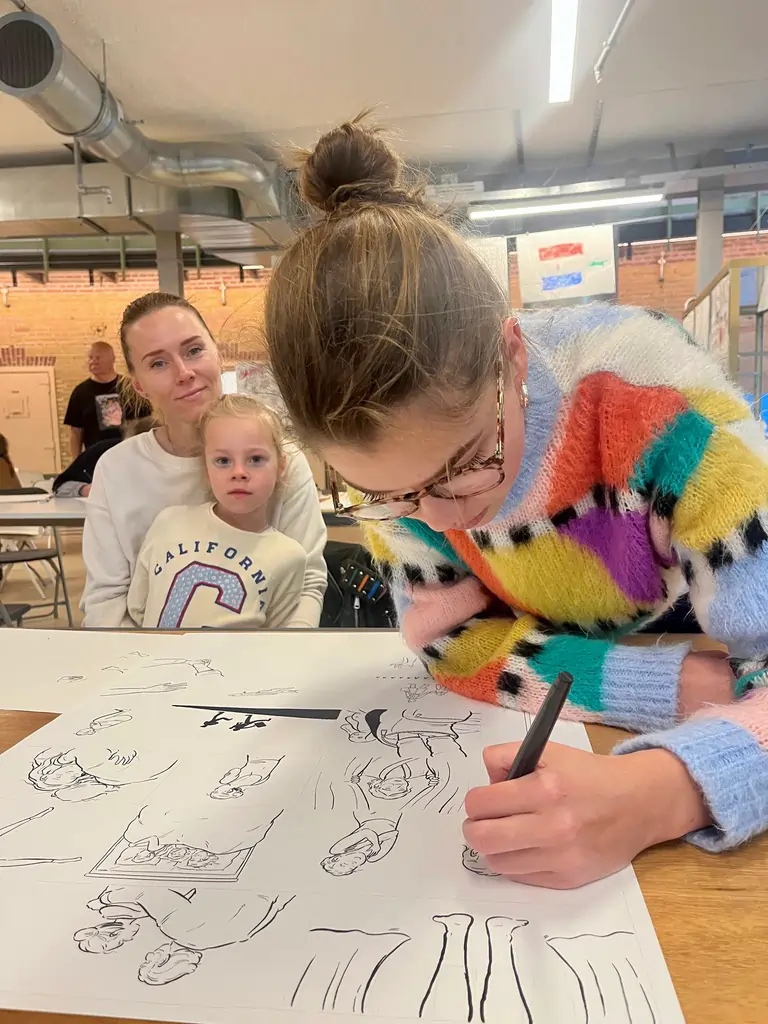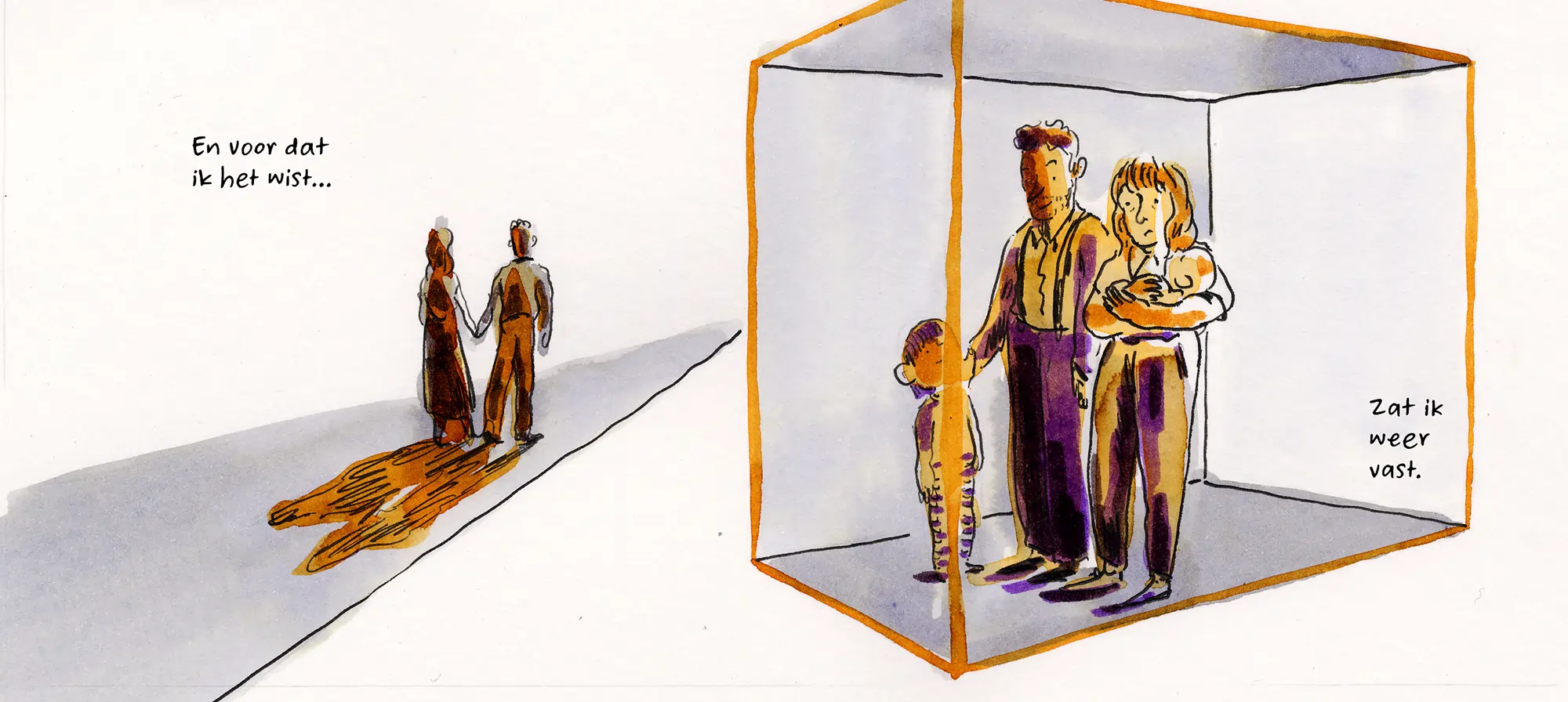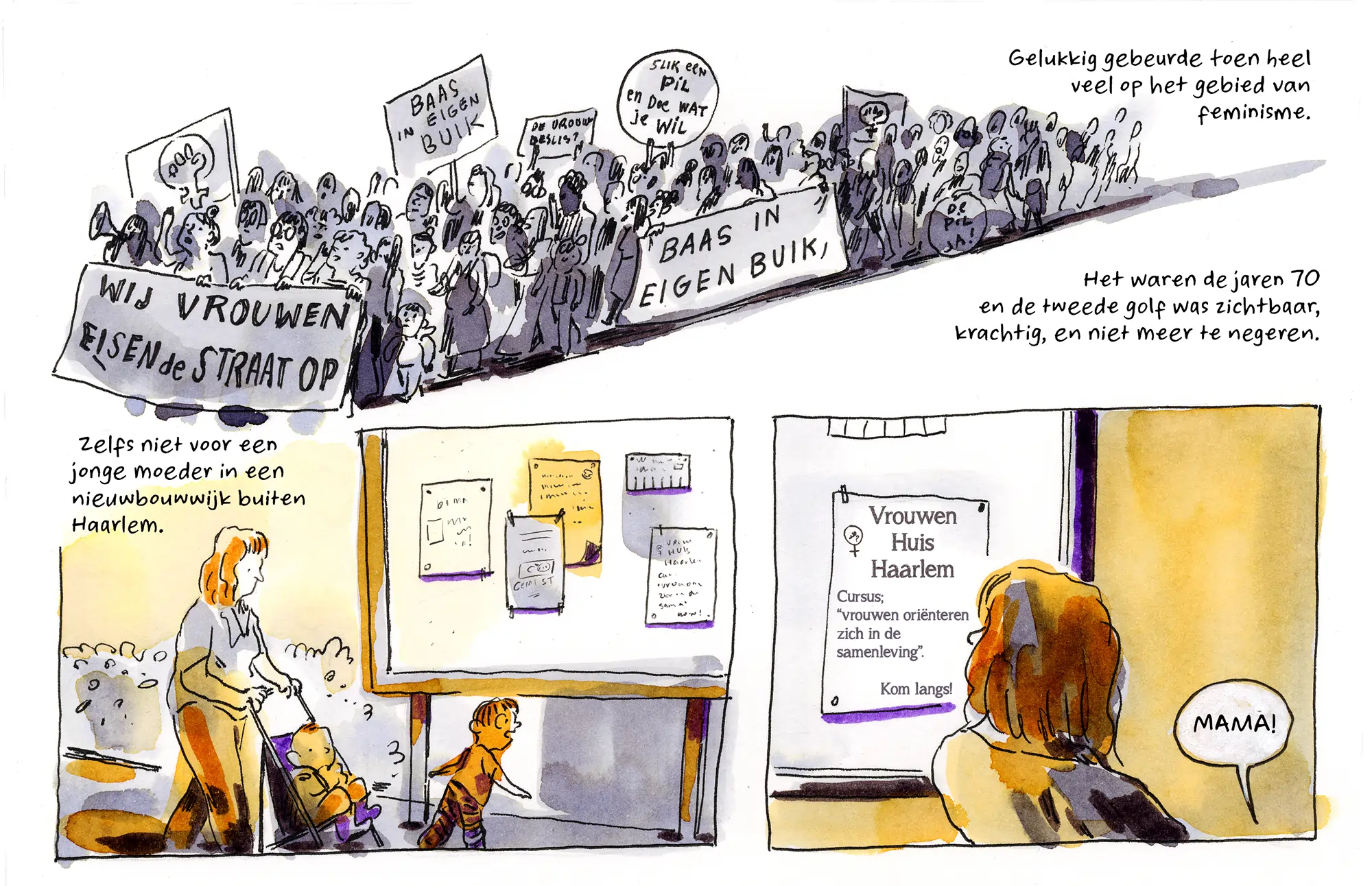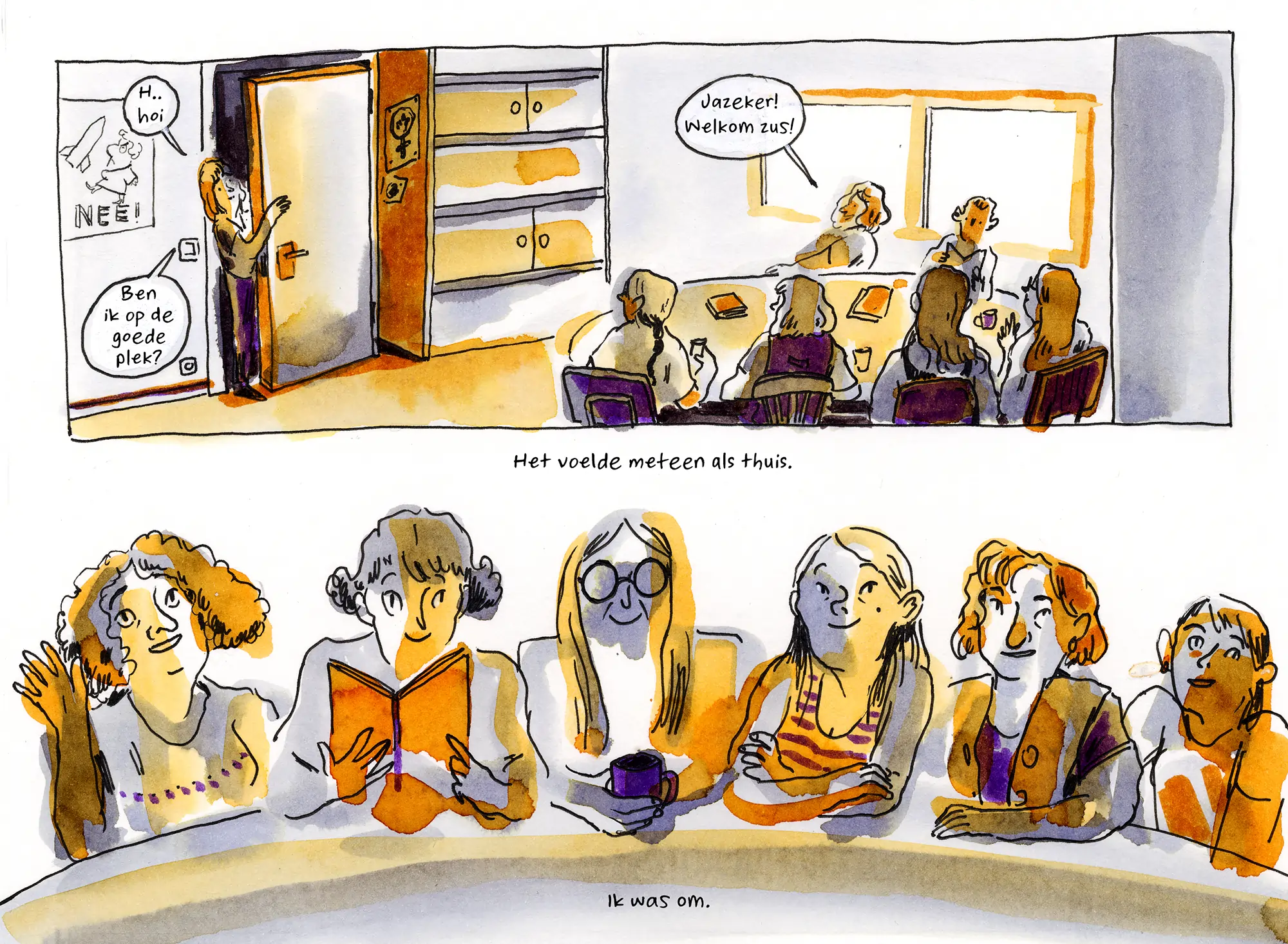We live in uncertain times, that's for sure. For a long time, the news media were considered reliable sources of reporting on what was happening in the world. Quality newspapers and broadcasters make use of fact checkers to ensure that what's said in the news actually corresponds to the facts. With the rise of the internet, anyone can spread news, regardless of whether it's true or not. Algorithms ensure that people only see the news they want to see. This has created self-contained bubbles that proclaim their own truths. People trust certain people because they believe what they say is the truth, regardless of the facts.
“The news” is dominated by the words and actions of world leaders, powerful men who consider themselves important above all. The wars and disasters we witness are so vast and devastating that we, as individuals, have no influence whatsoever. It makes us feel powerless.
Journalism is about current events, reporting on events that others don't yet know about—that can be anything. What you focus on grows, and by consistently focusing on the same people in power, or repeatedly claiming the same untrue things—think of the migration crisis—the attention and outrage surrounding these topics grows. By focusing on topics people can identify with and where they feel they can have an impact, a sense of community can be fostered.
A graphic journalist is a journalist who draws what they see and experience when they approach a topic. A graphic journalist is a reporter who makes a connection with their subject. They engage with people and make them part of the story they want to share. It's often a personal and subjective story, and often they themselves are part of it. One reads their doubts and thoughts about the topic, but that's precisely what makes the reader feel connected. The reader wonders about their own position, what they would do in such a situation.

